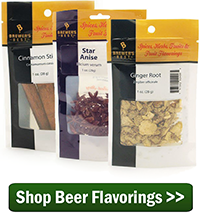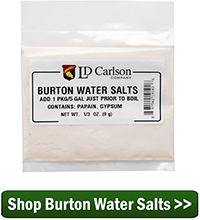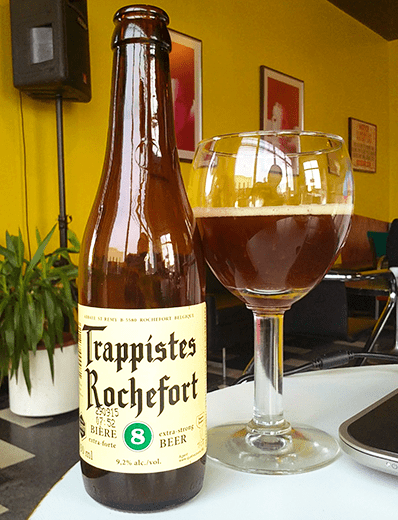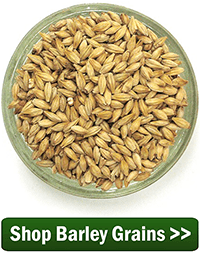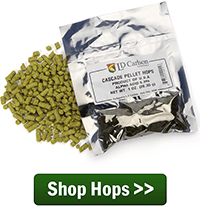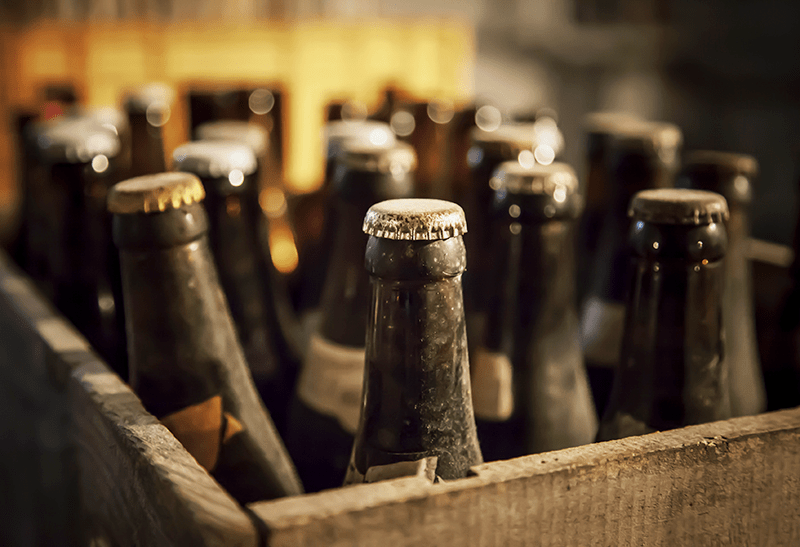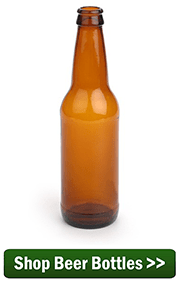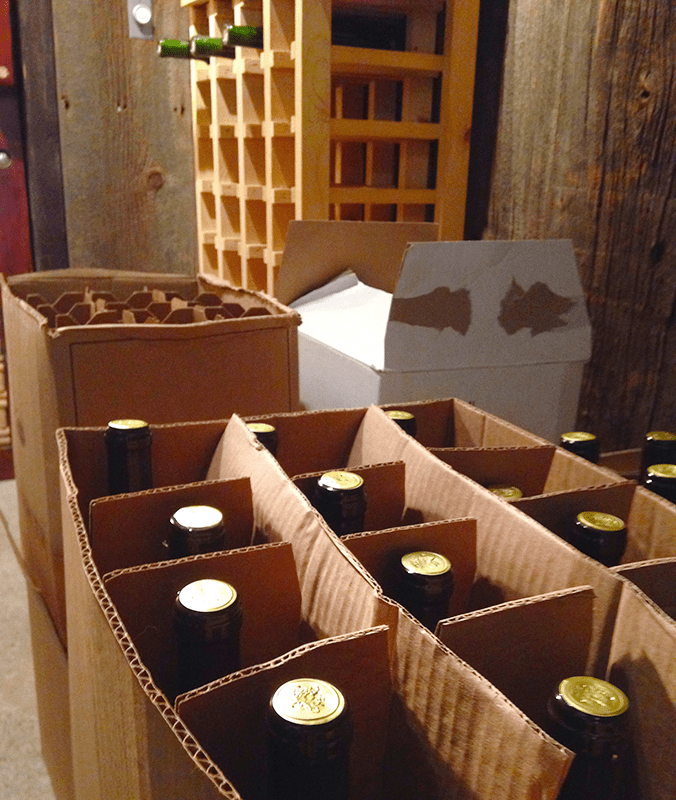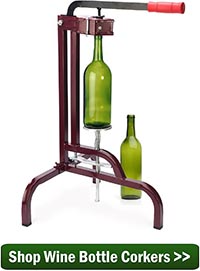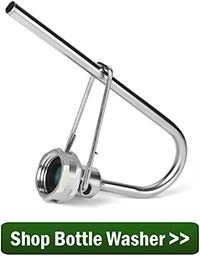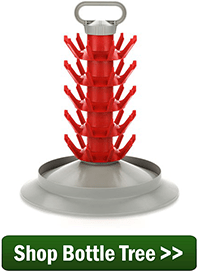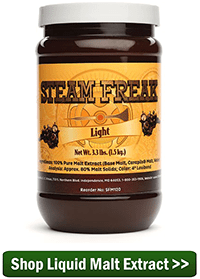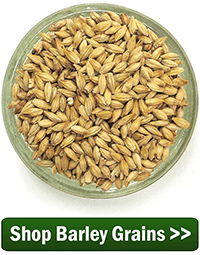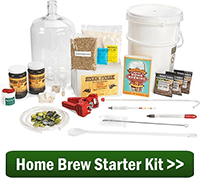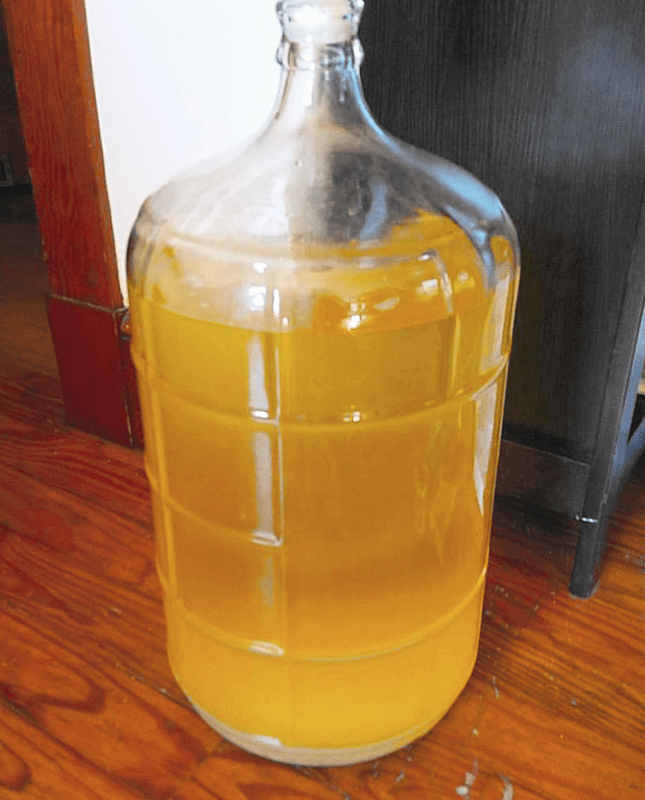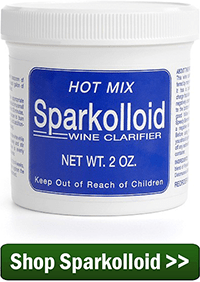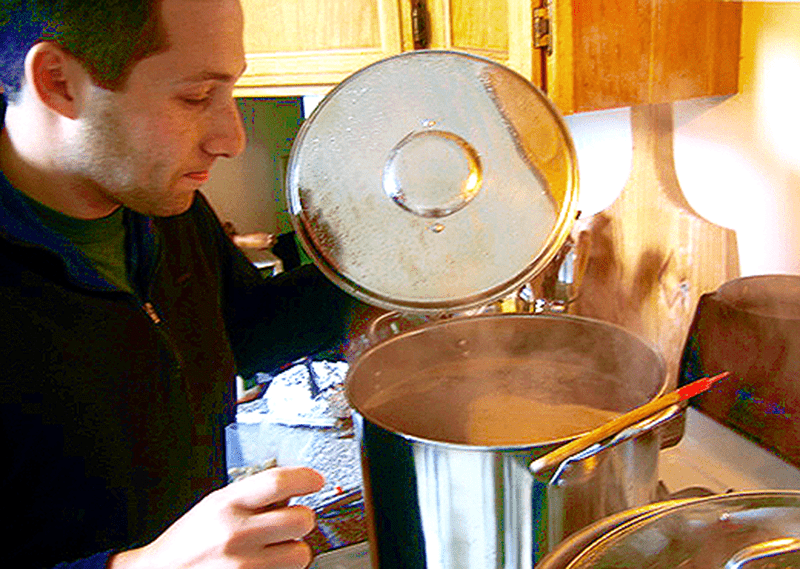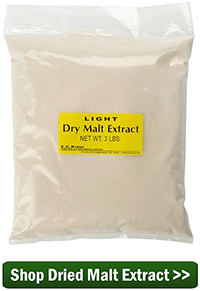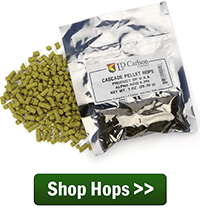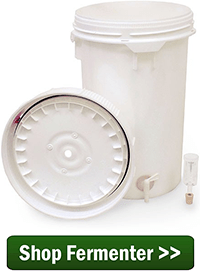 Although Campden tablets are more commonly used in winemaking, they have their place in homebrewing as well. In fact, Campden tablets can be a useful tool in your arsenal of techniques used to make beer, cider, and mead. So, using Campden tablets in homebrewing should not be all that surprising.
Although Campden tablets are more commonly used in winemaking, they have their place in homebrewing as well. In fact, Campden tablets can be a useful tool in your arsenal of techniques used to make beer, cider, and mead. So, using Campden tablets in homebrewing should not be all that surprising.
Camden tablets are made of sodium or potassium metabisulfite, and release sulphur dioxide gas when they come in contact with a liquid. This gas is an effective sanitizer, usually used to stabilize raw fruit juices or to sanitize fermenters and barrels. Though you might be more likely to use Campden tablets when making cider than making beer, if you have a bottle of them you might be interested in finding additional ways to use them.
Without further ado, here are 4 ways to use Campden tablets when homebrewing beer:
- Use Campden tablets to sanitize equipment – A sanitizing solution can be made by mixing 16 crushed Campden tablets per gallon of water. It’s a great way to sanitize brewing fermenters and barrels. Simply pour a few inches of the sanitizer solution into the vessel, seal it up, and allow the sulfur dioxide gas about
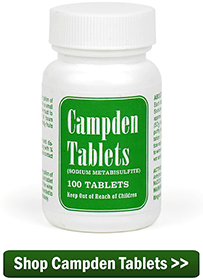 20 or 30 minutes to fill the vessel and sanitize it. You can place some of your other homebrewing equipment in the fermenter for convenience. Dispose of the solution, allow your equipment to air dry, and carry on with your brew day.
20 or 30 minutes to fill the vessel and sanitize it. You can place some of your other homebrewing equipment in the fermenter for convenience. Dispose of the solution, allow your equipment to air dry, and carry on with your brew day.
- Use Campden tablets to remove chlorine and chloramine from brewing water – Chlorine, a major component of bleach, is a common source of off-flavors in homebrewed beer. It contributes to something called chlorophenols, which can give your beer an unpleasant medicinal flavor. Some municipal water supplies use chlorine to make it safe to drink, others use chloramine. While chlorine can easily be boiled out of the water, chloramine is harder to remove. In either case, adding half of a crushed Campden tablet to 5 or 6 gallons brewing water will break down chlorine into chloride, sulfate, and ammonia, all of which tend to be beneficial to beer in small amounts. A few minutes is all it takes.
- Use Campden tablets to stabilize apple juice when making cider – Just like when making wine, Campden tablets can be used to kill off wild yeast and bacteria from raw apple juice. Use one crushed Campden tablet per gallon of apple juice, dissolving the tablet in a little water or juice before mixing it into the juice. Allow 24 hours for the sulfur dioxide to off-gas before pitching yeast.
- Use Campden tablets to stave off an infection – This is more commonly used in making cider and wine. If your cider has become infected, add one or two crushed Campden tablets per gallon of cider dissolved in a little water to a secondary fermenter. Rack the cider onto the Campden tablets, then bottle immediately. This will preserve the cider, at least in the short term.
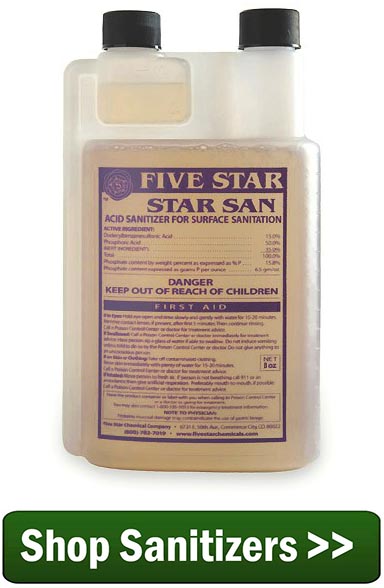 If it tastes good, go ahead and drink the cider and don’t let it age lest the infection returns.
If it tastes good, go ahead and drink the cider and don’t let it age lest the infection returns.
I have gotten into the habit of treating all my brewing water with Campden tablets. It just doesn’t make sense not to use Campden tablets when homebrewing. There is no downside to it.
Have you found any other uses for Campden tablets when you’re homebrewing?
—–
David Ackley is a beer writer, homebrewer, and self-described “craft beer crusader.” He holds a General Certificate in Brewing from the Institute of Brewing and Distilling and is the founder of the Local Beer Blog.

 About a month ago we outlined
About a month ago we outlined 